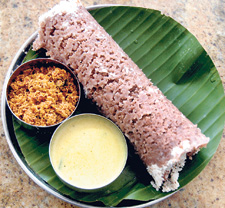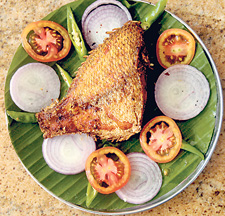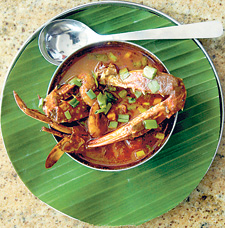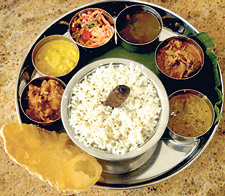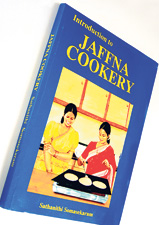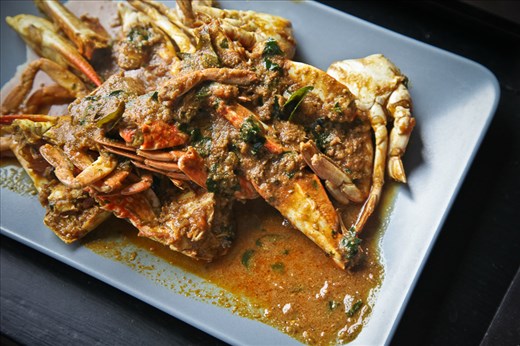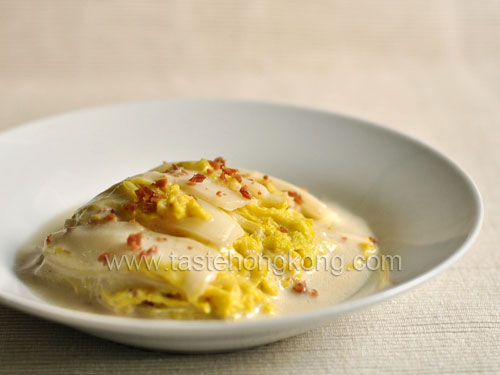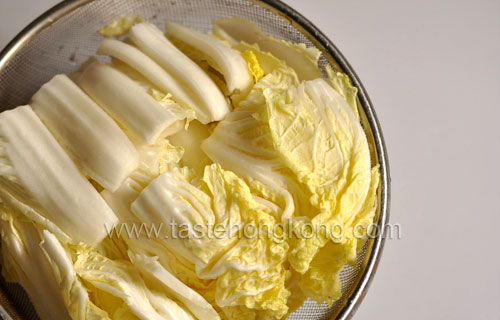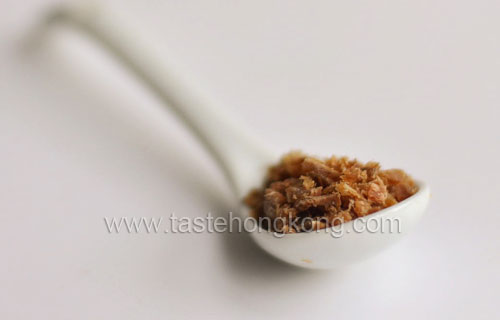Mouth-watering Jaffna offerings
|
| By Smriti Daniel |
When she left Jaffna on her husband’s arm as an 18-year-old, Sathanithi Somasekaram took with her the secrets of her mother’s kitchen – she carried the recipes of curry powder and kool, the bruised pink of the Rasavalli pudding, and the delicacy of the milk rotti in her head.
When she finally put them to paper, her book “Jaffna Cookery” became one of the few compilations of authentic Jaffna recipes, and a compendium of the tastes of her childhood. Coconut and palmyrah make many an appearance, but so do drumsticks and eggplant.
 |  |
| Ejaz Ahamed | Sathanithi Somasekaram: Putting together the secrets of her mother’s kitchen |
Jaffna cuisine is above all famous for its use of the fresh seafood that abounds along those coasts. The soup known as Kool is among the region’s signature dishes. “Everyone likes it,” says Mrs. Somasekaram, explaining that the dish is a meal in itself. Its unique flavour results from a slew of mouth watering ingredients. Crab, fish, cuttlefish, prawns and crayfish create a seafood broth into which Mrs. Somasekaram adds long beans, jak seeds, manioc and spinach. With hints of tamarind, the entire dish is thickened with the help of palmyrah root flour.
Mrs. Somasekaram’s book includes pictures of some signature dishes. In a layout for lunch, red rice accompanies a set of curries that appear to conform to the standard rice and curry menu that is so common across the island. A closer inspection however, provides something of a surprise.
The clear liquid is bone rasam. Made with mutton bones, the light, peppery broth is superb with rice and fried fish and is often drunk plain to clear the nose and the sinuses. Explaining that she, like most Jaffna cooks prefers to use boneless chicken, Mrs. Somasekaram says she uses the bones to make a spicy chicken rasam as well. Consistency occasionally decides the category to which a dish belongs – a curry is typically thicker than a kulambu, and a kulambu is thicker than a sodhi.
Other dishes have their own story. She is particularly fond of the white, round eggplants that grow in certain parts of Jaffna. “These are good for white curries and we use green chillies instead of red chillies to make it very hot,” she says. Her table also holds a fairly straightforward dhall curry, a tart tomato kulambu and a vallarai sambal which is essentially her take on a gotukola sambal.
While her book includes recipes for eggplant and ash plantain sambols, the more adventurous gourmands might be drawn to the range of dishes known as varai. In these finely chopped or minced ingredients are tossed with coconut, green chillies, mustard seeds, red onions, turmeric powder and curry leaves to create a distinctive dish.
A good varai is light and flavourful, with each ingredient providing a distinct flavour. Though finely minced the primary meat or vegetable remains firm on the tongue and is never reduced to mush. Shark meat varai uses the tough, distinctive meat in a dry mix, but you can also use prawns, drumsticks, leeks, drumstick leaves and even plantain flowers to create the same dish.
Mrs. Somasekaram finds room for several drumstick-based recipes in her book, in part because she remembers them being a staple food in her childhood. “Every home would make murunga (drumstick) curry in different forms – one day with prawns, one day in a sambhar, one day in curry, one day in varai...” she says reminiscing.
For her the dry stalks that are up for purchase in Colombo are but pale imitations of those at home. Explaining that most families grow them in their backyards, she says “Jaffna murunga are fleshy and long, here it is like a stick...very hard.”
Her recipes are enhanced by conversation with her, placing them in their rich socio-cultural context. For instance, among her desserts is the dish known as kolukattai – when a groom’s family goes to meet the bride’s side for the first time, the dish is taken along to serve as a sweet, beginning a new relationship. Of the two recipes for curry powder that she provides in her book, one is without chillies.
It is said to be best suited for invalids and to nursing mothers – the mix is said to stimulate the flow of nourishing milk.
Pulich Canji or sour porridge is good for those burdened with a cough or cold. Her subtly flavoured tamarind rice, a favourite with her family, has its own tale. As a young girl, Mrs. Somasekaram recalls making the annual pilgrimage to Nagadipa with her family – their menu for the trip rarely changed. Tamarind rice, known as Puli Chaadham, and ginger pachadi and brinjal fried in gingili oil were always taken around, because all three would survive the long trip, unrefrigerated.
The fried brinjal is a favourite with Jaffna schoolchildren who take it to school with another signature dish – pittu. The dryness of this combination is rarely to the liking of the adults who prefer their pittu with curry or perhaps laced with fish as in shark pittu. Traditionally made with rice flour and scraped coconut, the dish is steamed so that the small flakes and nodules of the rice flour separate. A variation on the recipe produces a sweeter milk pittu.
Soon, Mrs. Somasekaram and her family will celebrate the Tamil New Year, giving thanks to the sun for a good harvest with jaggery pongal – a sweet rice dish often eaten with the fat, sturdy kolikuttu plantain. Should you wish to sample a sweet mouthful yourself in a city where very few places serve authentic Jaffna food, cooking at home might be your best option. Priced at 499/- and published by Vijitha Yapa, Jaffna Cookery is available at all leading bookstores.
Jaffna fast food
Ejaz Ahamed is in the process of constructing a chain of restaurants that serve Jaffna cuisine. He intends to offer an option to more pricey venues like Hotel Renuka’s Palmyrah with his own Yaal.
Located on Colombo’s Marine Drive, the restaurant features almost spartan interiors and an ocean view. Your food is served up by chefs from the region and at very modest prices. “There’s a demand,” says the hotelier, explaining that Yaal will soon be a chain, with a new outlet in Pettah.
Among his five chefs are men with considerable experience, says Mr. Ahamad, proud of his distinctive menu that includes favourites like Jaffna style crab curry (Rs.200), kanawa (cuttlefish) curry (Rs.180) and Thirukkal Pittu (Rs.150) made with flying fish found in Jaffna. Also on offer is idiyappam and sodhi (5 for Rs.40) but its popularity pales in comparison to Odiyal Kool (Rs.200) the restaurant’s most famous offering.
The Kool takes several hours to prepare properly, says Mr. Ahamad, adding that this, along with delicacies like mutton soup (Rs.250) and Suraa Pittu (Rs.240) made with sharkmeat are delicacies reserved for the weekend.
Yaal is a family business, run by the same group that have made successes of hotels like Marrybrown, Olive’s Kitchen and Grill, Indian Spice and Mb Chennai, and Mr. Ahamad is confident that his customers will arrive in droves to sample dishes like chicken/fish perattal and idiyappam biriyani, that are above all “very spicy and tasty”. Contact 7548880 / 881.
Recipe for Jaffna Kool
Ingredients:
- 150g fish
- 150g cuttlefish
- 150g prawns
- 150g crabs
- 150g crayfish
- 100g long beans
- 100g tapioca
- 100g jak seeds
- 100g spinach
- 3tbsp rice
- ¼ cup Palmyrah root flour*
- 10 dry chillies (powdered)
- 1 ball tamarind (lime size)
- ½ tsp turmeric powder
- 2 bottles water
- Salt to taste
Preparation:
- Clean and wash the fish and the cuttlefish. Cut the cuttlefish into 3 cm pieces and the fish into larger pieces.
- Shell the prawns
- Wash and quarter the crabs
- Clean the cray fish and cut into chunky pieces
- Break the beans into 3 cm pieces
- Peel and dice the tapioca
- Wash and chop the spinach
- Cut the jak seeds into halves and then peel off the skin
- Soak the flour in a pint of water for ten minutes and then strain the water off.
- Dissolve the tamarind in a pint of water for ten minutes and then strain and retain the water.
Method:
- Half fill a large pan with water and bring to boil.
- Add the fish, cuttle fish, prawns, crayfish, crabs, rice, beans, tapioca, jak seeds and salt and cook for about 45 minutes until everything is soaked. Mix in spinach at this stage.
- In a separate bowl mix the palmyrah root flower, tamarind solution, chilli powder and turmeric into a thick paste.
- Add this paste to the seafood broth, mix well and simmer until it thickens. Remove from the fire as soon as preferred consistency is reached.
- Can be purchased at the Palmyrah Board’s outlet ‘Katpaham’ at 244, Galle Road, Colombo 4.
|
|




